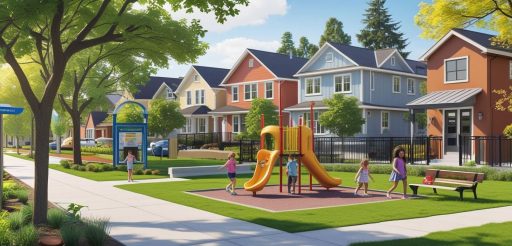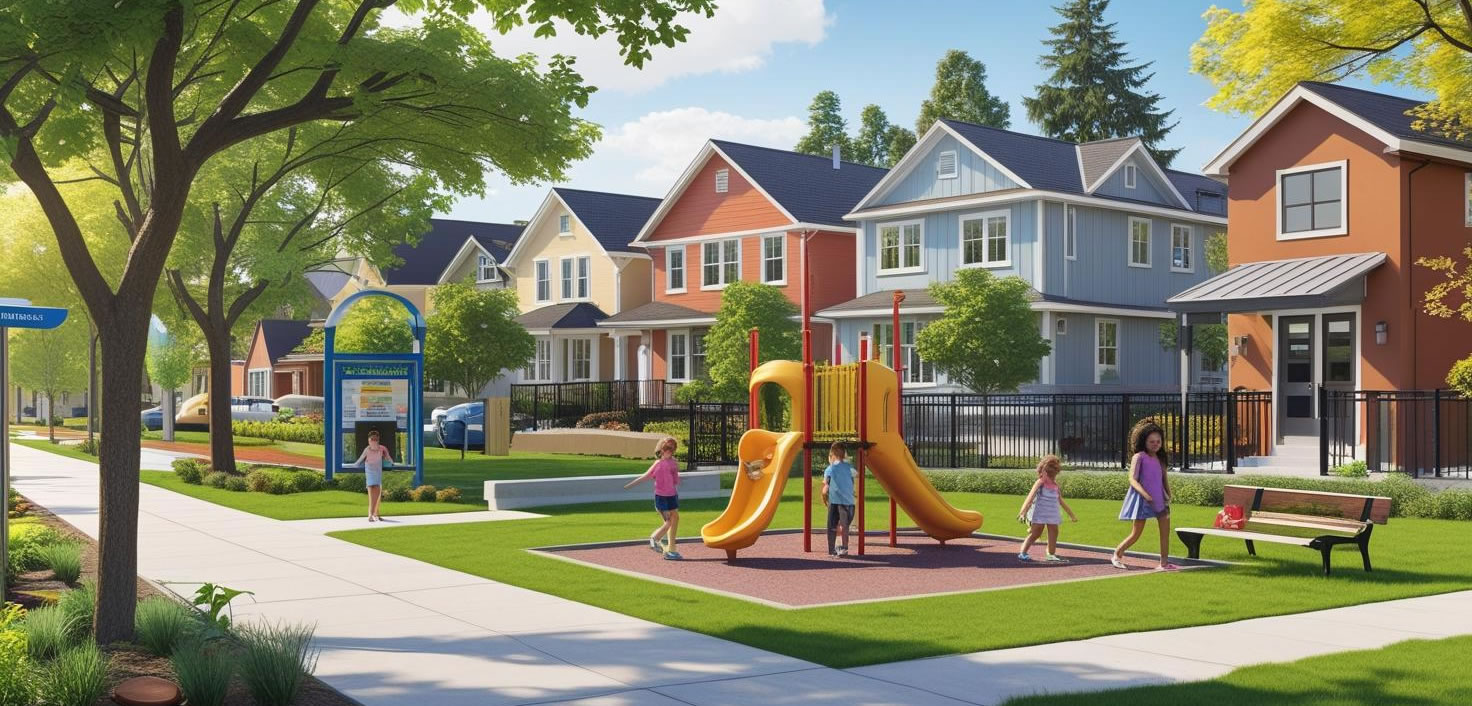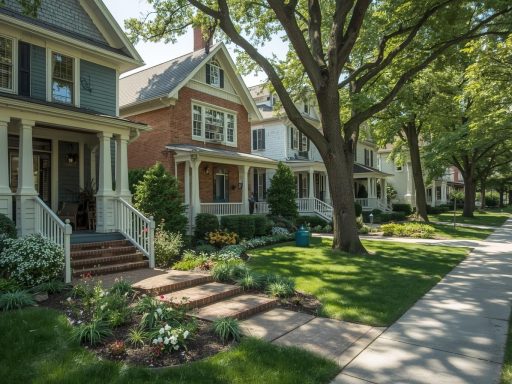The Neighborhood Shapes Your Life
When searching for a new home, many buyers focus on the house itself—the number of bedrooms, the layout, and whether it has that dream kitchen. However, what surrounds the house is equally important. The neighborhood you choose will shape your day-to-day experience, influencing everything from how safe you feel to how long it takes to grab a cup of coffee. Before committing to any property, there are key factors worth exploring to ensure the area aligns with your needs and lifestyle.
1. Safety and Crime Trends
Feeling safe in your new community is non-negotiable. Before you move, take time to understand both citywide crime rates and localized data specific to the streets around the property. Hyperlocal insights reveal trends that matter, such as whether violent crime is decreasing or if property crime is unusually high in certain pockets. These details can make the difference between feeling secure or constantly worried.
2. Quality of Schools
Even if you do not have children, schools influence property values and neighborhood desirability. High-performing schools attract families and create stable communities, while struggling schools may indicate broader economic challenges. Check nearby school ratings, proficiency scores, and how easy it is to access them from the address you’re considering.
3. Commute and Accessibility
A beautiful house can quickly lose its appeal if getting to work, school, or essential services becomes a daily headache. Consider how the neighborhood connects to public transit, highways, and major job centers. Shorter commute times not only save stress but also add quality time to your day.
4. Local Amenities and Essentials
Convenience matters. Look at how close you’ll be to grocery stores, restaurants, coffee shops, and parks. Having these daily essentials nearby makes life easier and can greatly improve your lifestyle. A quick walk to a café or a nearby park for evening strolls adds value that square footage cannot match.
5. Community Vibe
Every neighborhood has its own character. Some areas buzz with nightlife and cultural events, while others are quiet and family-oriented. Visit at different times of day to get a feel for the vibe. Check if it’s friendly, lively, peaceful, or perhaps too crowded for your liking. Understanding the atmosphere ensures it matches your preferences.
6. Economic Stability
Neighborhood economic health plays a huge role in long-term satisfaction. Look for signs of growth such as new businesses, well-maintained homes, and low vacancy rates. Areas with strong economies typically have higher property values, better services, and more opportunities.
7. Housing Trends
Housing market conditions within the neighborhood reveal much about its stability and future potential. Is the area seeing rising home values? Are there a lot of homes for sale or long-term rentals? Knowing these trends helps you understand whether the neighborhood is up-and-coming, stable, or declining.
8. Diversity and Demographics
Who lives in the area? Demographics, including age ranges, income levels, and household types, offer clues about the neighborhood’s personality and pace. A mix of residents often indicates a vibrant and welcoming community, while other patterns may reflect specific lifestyle dynamics.
9. Parks, Green Spaces, and Recreation
Access to nature and outdoor spaces greatly enhances quality of life. Check how close you’ll be to parks, playgrounds, walking trails, and recreational facilities. Even small green spaces can create a more pleasant living environment and encourage an active lifestyle.
10. Future Development
Neighborhoods are constantly evolving. Investigate whether there are upcoming developments, road expansions, or zoning changes in the area. These projects could either improve convenience and home values or create construction headaches and congestion. Knowing what’s planned helps you anticipate what the neighborhood might look like in a few years.
Why These Insights Matter
Choosing a home is more than buying property—it’s choosing a lifestyle. Understanding these factors before you move ensures you make an informed decision that aligns with your expectations and goals. Modern tools like hyperlocal reports give you an edge, revealing details about safety, schools, amenities, and economic trends that traditional listings leave out. When you know what to expect, you can move forward with confidence, knowing you’ve chosen not just a house, but the right community for you.






